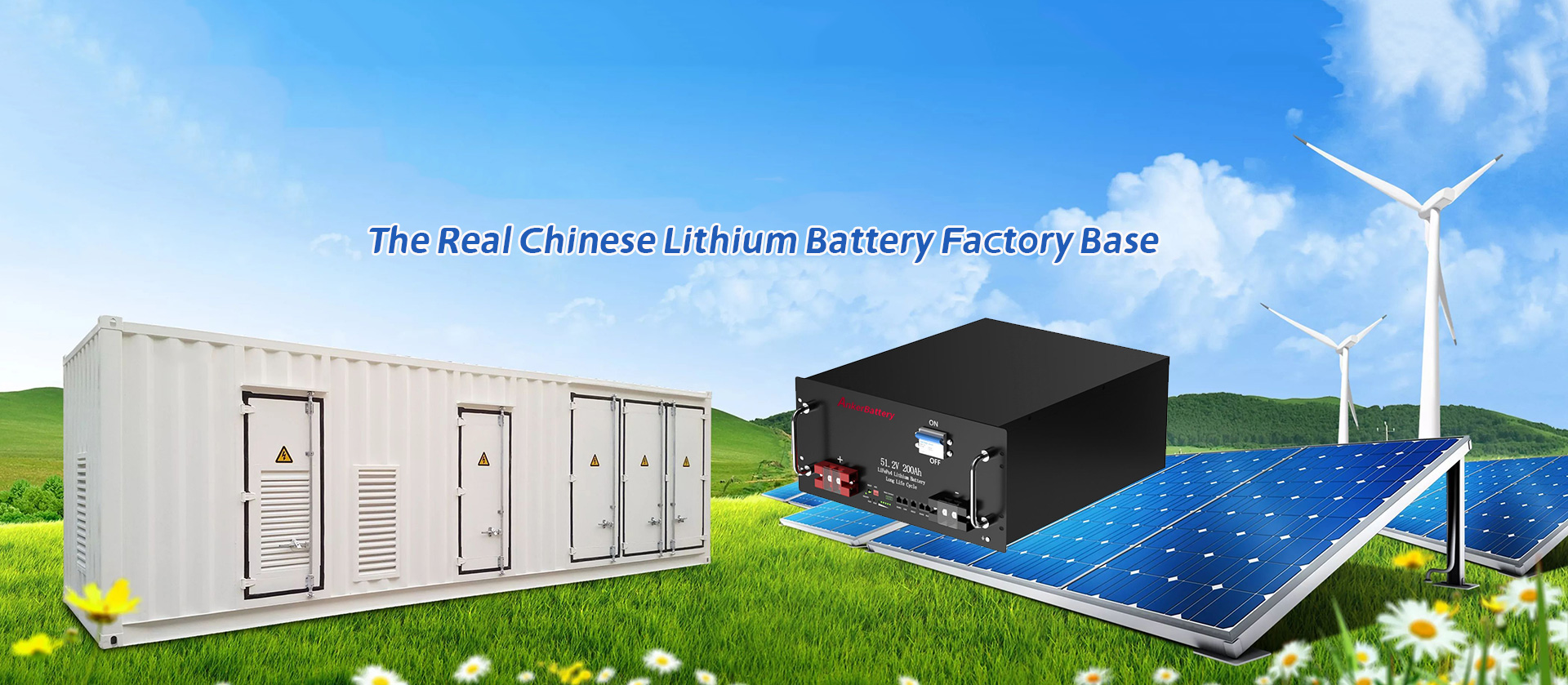Lithium-ion batteries, known for their high energy density and longer lifespan, have revolutionized the portable electronics and electric vehicle industries. However, as technology advances and the demand for cleaner energy sources increases, it is crucial to explore the future development prospects of lithium-ion batteries. This article aims to provide an in-depth analysis of the potential trends that can shape the future of lithium-ion batteries.
1. Increasing Energy Density
One of the key areas of focus for future lithium-ion batteries is improving their energy density. Higher energy density allows for longer-lasting devices and electric vehicles with extended driving ranges. Researchers are exploring various methods, such as the use of silicon anodes and solid-state electrolytes, to enhance energy density. These advancements can potentially revolutionize the way electronic devices are powered and increase the adoption of electric vehicles worldwide.
2. Enhanced Safety
Safety remains a significant concern for lithium-ion batteries, as incidents of thermal runaway and explosions have been reported. The development of safer battery technologies is a top priority for the industry. Future trends may include the integration of advanced monitoring systems and the use of solid-state electrolytes, which are less prone to thermal runaway. Innovations in cell design, such as incorporating fire-resistant materials, can also enhance battery safety.

3. Longer Lifespan
Improvement in battery lifespan is crucial to reduce the environmental impact of lithium-ion batteries. Researchers are exploring various approaches, including advancements in electrode materials, cell chemistry optimization, and the use of artificial intelligence for battery management. Extending the lifespan of lithium-ion batteries will contribute to reducing waste and enhancing sustainability.
4. Faster Charging
Reducing charging time without compromising battery lifespan is another area of focus for lithium-ion battery development. Current charging technology limits the rate at which energy can be transferred into the battery. Researchers are investigating new materials, such as graphene-based anodes, and developing advanced charging protocols to achieve faster charging speeds. Shorter charging times will significantly enhance the convenience and practicality of lithium-ion batteries.
5. Environmental Friendliness
To ensure the long-term sustainability of lithium-ion batteries, significant efforts are being made to address their environmental impact. This includes developing sustainable methods for battery manufacturing, recycling, and disposing of end-of-life batteries. Future trends may involve the use of greener electrode materials, such as lithium iron phosphate, or the adoption of closed-loop recycling systems to minimize resource depletion and pollution.
6. Integration with Renewable Energy Sources
The integration of lithium-ion batteries with renewable energy sources, such as solar and wind power, presents exciting opportunities. These batteries can store excess energy generated during peak production periods and release it during low or no production periods. This integration improves the stability and reliability of renewable energy grids, further driving the adoption of clean energy solutions.
The future of lithium-ion batteries is promising, with continuous advancements aimed at improving energy density, safety, lifespan, charging speed, and environmental friendliness. These developments will drive the widespread adoption of lithium-ion batteries across various industries, including portable electronics, electric vehicles, and renewable energy storage. Investing in research and development of lithium-ion battery technology will pave the way for a greener, more efficient, and sustainable future.